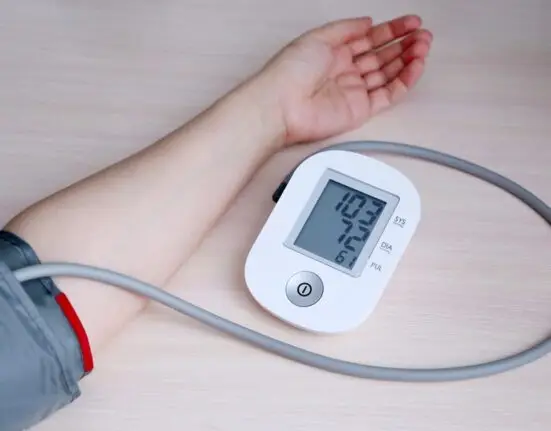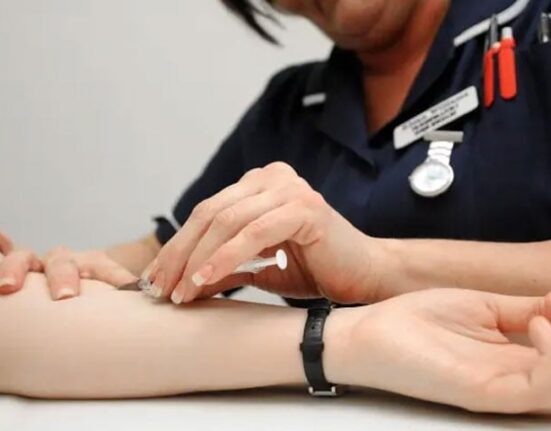Most of us don’t think much about our liver—until something goes wrong. But here’s the thing: Fatty Liver Disease (NAFLD) is quietly affecting millions of people worldwide, and many don’t even realize they have it. It’s often discovered by chance during a routine ultrasound, and by then, the condition may already be moving toward something more serious.
Let’s break it down in simple terms: what it is, why it matters, and how you can protect yourself.
What Is Fatty Liver Disease (NAFLD)?
NAFLD stands for Non-Alcoholic Fatty Liver Disease. It happens when fat builds up in the liver of someone who drinks little to no alcohol. At first, it might just be harmless fat, but if left unchecked, it can progress to:
- NASH (Non-Alcoholic Steatohepatitis): Fat plus inflammation in the liver.
- Fibrosis: Scarring in liver tissue.
- Cirrhosis: Severe scarring that can lead to liver failure.
- Liver cancer in some cases.
Think of it like rust slowly spreading on a car—you may not see the damage right away, but it’s happening underneath.
Why Is NAFLD a Serious Health Problem?
The scary part? It often has no symptoms in the early stages. Many people feel perfectly fine until the condition is advanced.
If untreated, NAFLD can:
- Raise your risk of type 2 diabetes.
- Contribute to heart disease and stroke.
- Lead to liver failure or liver cancer.
It’s not just a “liver thing”—it’s tied to your overall metabolic health.
Who Is at Risk of Fatty Liver?
Anyone can get it, but some groups are more vulnerable:
- People who are overweight, especially with belly fat.
- Those with type 2 diabetes or insulin resistance.
- People with high cholesterol or high blood pressure.
- Individuals with poor diets high in sugar and processed foods.
- Even thin people can get it due to genetics or lifestyle habits.
💡 Example: You might know someone who isn’t “obviously overweight” but lives on fast food and soft drinks. They could still develop fatty liver without realizing it.
Signs and Symptoms of NAFLD
Here’s the tricky part: most people don’t notice anything in the early stages.
When symptoms do appear, they may include:
- Constant fatigue or brain fog.
- Mild discomfort or pain in the upper right side of the belly.
- Unexplained weakness.
But again—many people feel nothing at all, which is why doctors call it a silent disease.
How Is Fatty Liver Diagnosed?
Doctors usually catch it through:
- Ultrasound scans (often done for unrelated reasons).
- Blood tests checking liver enzymes.
- In advanced cases, CT scans, MRI, or biopsy may be needed.
If you’re at risk, it’s smart to ask your doctor for a simple liver function test.
Can Fatty Liver Be Reversed?
The good news: yes, it can—especially in the early stages. Unlike many chronic diseases, NAFLD is often reversible with lifestyle changes.
Key Steps to Improve Liver Health
1. Weight Management
Losing just 7–10% of your body weight can significantly reduce liver fat and inflammation.
- Example: If you weigh 80 kg, losing 6–8 kg could make a big difference.
2. Regular Exercise
- Aim for at least 30 minutes of moderate activity (like brisk walking) most days.
- Add strength training 2–3 times per week to boost metabolism.
3. Diet Adjustments
- Cut down on sugary drinks, white bread, and fried foods.
- Add more vegetables, fruits, whole grains, fish, and lean protein.
- Coffee (without excess sugar/cream) has been shown to protect the liver.
4. Control Blood Sugar and Cholesterol
Managing diabetes and cholesterol helps reduce liver stress.
5. Avoid Unnecessary Alcohol
Even though NAFLD isn’t caused by alcohol, drinking can worsen the condition.
Living With NAFLD: Practical Tips
- Meal swap idea: Instead of white rice, go for brown rice or quinoa—it keeps blood sugar stable and reduces fat storage.
- Snack smarter: Replace chips with a handful of nuts or fresh fruit.
- Daily routine tip: If you sit for long hours, take a 5-minute walk every hour. Small changes add up.
- Stay hydrated: Water helps your body process nutrients and flush toxins.
When to See a Doctor
Don’t wait for severe symptoms. If you have risk factors like obesity, diabetes, or high cholesterol, get checked early. Early intervention makes all the difference.
Conclusion
Fatty Liver Disease (NAFLD) might be silent, but it’s far from harmless. It’s a growing global health issue tied to modern lifestyles. The earlier you catch it, the easier it is to reverse.
By focusing on healthy eating, regular exercise, and routine check-ups, you can protect your liver and your long-term health. Remember, your liver is one of the hardest-working organs in your body—treat it with care.
FAQs About Fatty Liver Disease (NAFLD)
1. Can fatty liver disease go away on its own?
Yes, in the early stages, fatty liver can improve with lifestyle changes such as weight loss, better diet, and exercise. Without changes, it usually worsens.
2. Is fatty liver reversible?
Absolutely. Unlike cirrhosis, which is permanent, early fatty liver and even mild inflammation can be reversed.
3. Can thin people have fatty liver disease?
Yes. Even people with a normal BMI can develop NAFLD due to poor diet, lack of exercise, or genetic factors.
4. What foods are bad for fatty liver?
Sugary drinks, fried foods, processed snacks, white bread, and excessive red meat can all make fatty liver worse.
5. How long does it take to reverse fatty liver?
It depends on your lifestyle changes. With consistent healthy habits, improvements can be seen in just a few months, but long-term care is essential.





Leave feedback about this